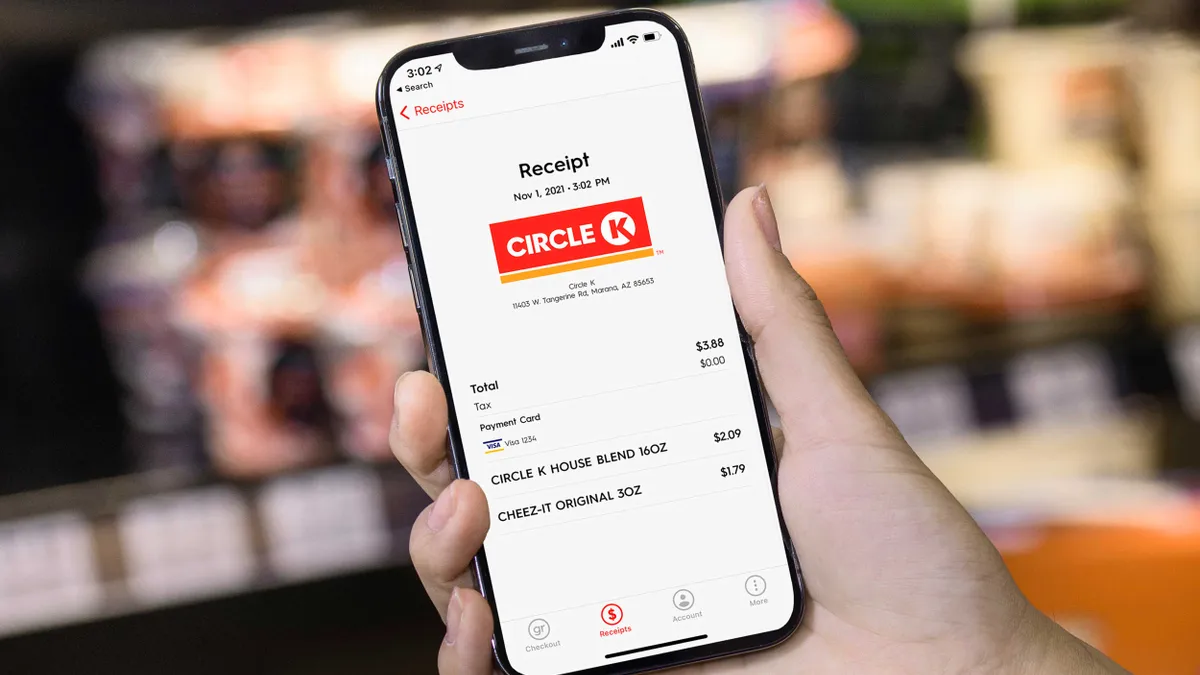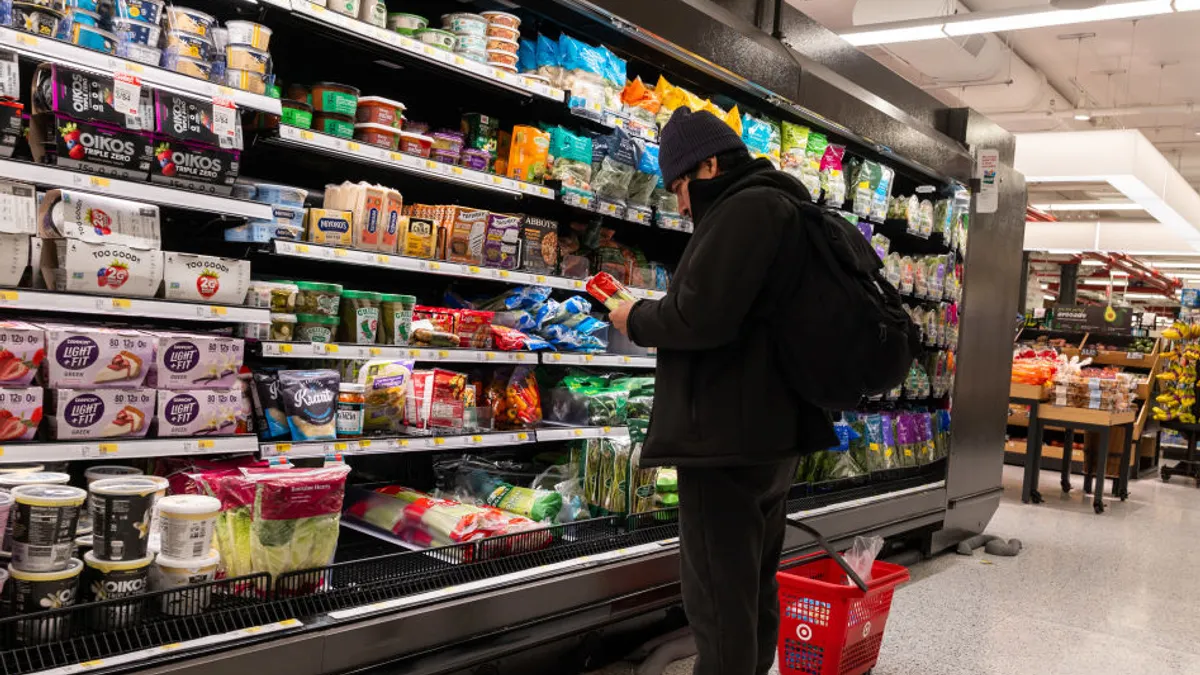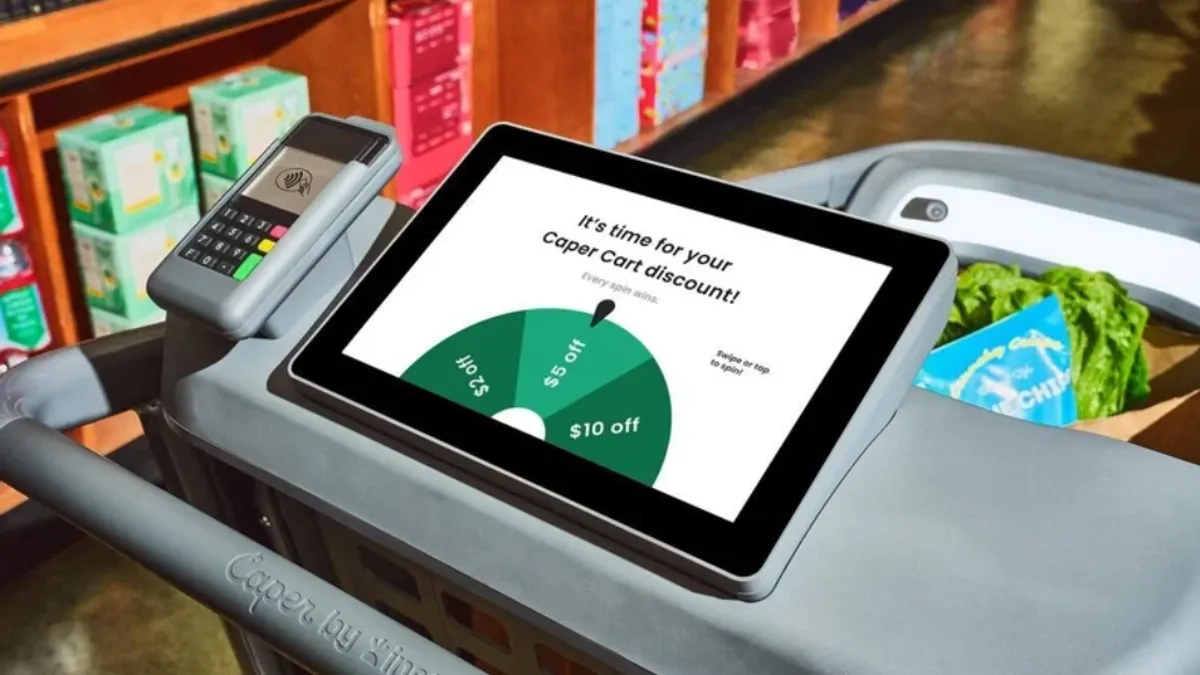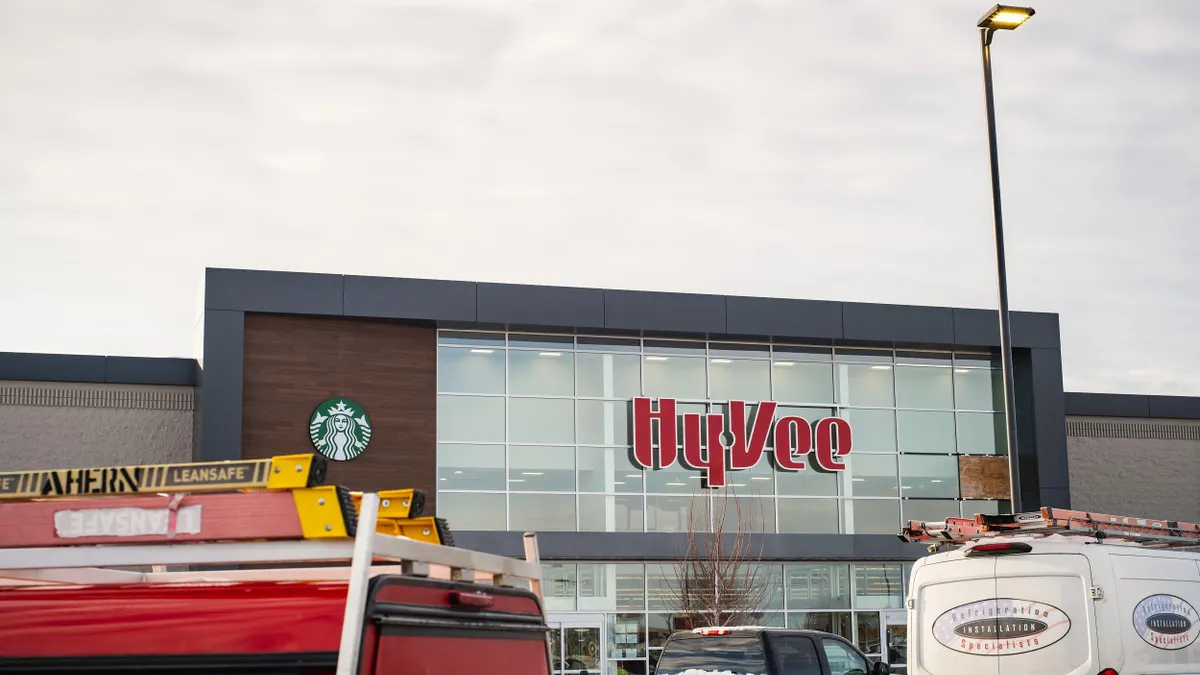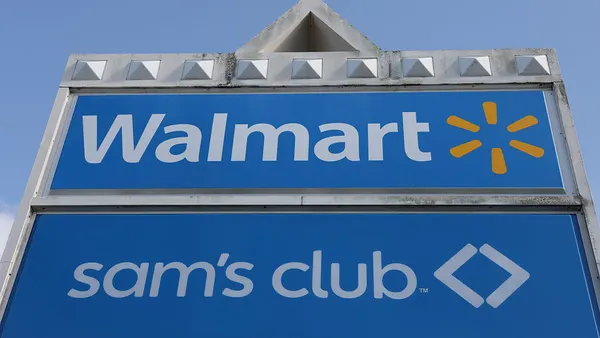For Will Glaser, the entrepreneur who helped set off the online music revolution with Pandora, the streaming service he co-founded in 1999, the best way to confront a complex problem is to make the solution look easy. So when Glaser decided to devote himself to eliminating the need for shoppers to stop by a checkout counter before leaving a store, his mission was to develop a system that people wouldn't even notice.
Today, as CEO of Grabango, the California-based startup he established that is among several companies jockeying for position in the fledgling frictionless shopping space, Glaser is making steady progress toward achieving his goal. Since launching in 2016, Grabango has installed its computer vision-based technology in retail locations run by six retailers, including convenience stores by Giant Eagle's GetGo division and Circle K and an unidentified "global top-10 grocer," and has more in the pipeline. Glaser says the company's technology is being tested in full-size grocery stores, although he won't say when the company will identify them.
"Arthur C. Clarke said any sufficiently advanced technology appears from the outside like magic," he said, referring to the legendary science fiction writer credited with coming up with the idea of global communications by satellite. "And I think it's true here. It's miraculous that computers can see, and it's amazing technology. It's like when the barcode scanner was introduced and people said, 'Oh, my goodness, there's a laser beam in the store.'"
Frictionless checkout technology burst onto the scene in 2018 when Amazon opened its first Go store. The technology-focused retailer has continued to set the pace for checkout-free shopping, and recently implemented its Just Walk Out system inside a full-size Amazon Fresh store, with more on the way, according to reports.
Amazon's progress and the potential for frictionless checkout as both a consumer experience and data play has spawned numerous competitors for Grabango. "I think it's a sign that the industry is maturing beyond an experiment to see if it works to scale pilots on the way to a giant rollout," Glaser said. "So I'm excited about it, not just from our perspective, but from the industry's perspective as well."
Educated at Cornell University, where he completed a triple major in computer science, mathematics and physics, Glaser believes Grabango is poised to one day make visiting a checkout counter seem as quaint as CDs and radios — and thinks the fact that computers can identify images will be the defining technology of the 2020s.
"We'll know we've succeeded as a company when people walk into a store and expect the exit experience to be frictionless," he said. "That's the win for us. We in a weird way don't want to be appreciated. We want to be taken for granted."
Glaser spoke with Grocery Dive about his plans for Grabango.
This interview has been edited for length and clarity.
GROCERY DIVE: What sparked your interest in developing technology for the retail industry?
WILL GLASER: I was a nerd as a kid growing up and that's who I am, and so I like projects that are technically sophisticated. I also like working on things that are very real, and one of the things I like professionally is solving my personal pet peeves and personal problems in a way that applies to others to make the world a better place for myself and for the other people I know.
What do you think it will take for the general public to get used to the idea that they will be able to leave stores without stopping to check out?
When I was [running] Pandora, I would tell people that I thought the model was rent music, not own music, and that it will be streamed to your liking. We built a lot of complex technology to make it work, but we wrapped it in a simple user interface. And now it's completely taken for granted.
I think Grabango is similar. Today, it feels impossible to those who have not yet tried it, and magic to those who've tried it, to simply go into a store, collect your items, and walk out. Like Pandora, the complexity behind it is immense. But the experience for the consumer is delightfully simple and easy.
What drives you more, the potential for Grabango to make money or the opportunity to break new ground in technology?
We're a for-profit startup. And we sell a product, and we have to sell it for more than it costs us to make and for less than the value perceived by the purchaser. That seems like what they would teach you in first semester business school, but I don't know that everyone in the space has that same worldview.
I think that there are some whose goal is just to get the technology working, independent of what it cost them. And I think they may burn brightly for a while, but I don't think that they are a long-term business. We're designed to be a long-term business that grows to be very large and makes economic sense for everyone involved, for the shopper, for the retailer and for us.
Do you think it would be appropriate for retailers to charge customers a fee to use frictionless shopping systems, as they often do for grocery delivery?
We want customers to be able to use our system for free, independent of costs. Obviously, we have to make money and so we charge the retailer money, but we don't charge [shoppers] anything to use the app or to use the system and we don't require people to be of this particular social status or that one to use it. We want to be able to be out there, and we want everyone who wants to use the system to be able to.
Given Grabango's experience so far, how scalable would you say frictionless shopping technology is?
Our tech was designed to work in small convenience, large convenience, small grocery and large grocery. And, in fact, we're in all four of those segments today.
Many have said that 1,000 square feet is the sweet spot. And many have said that getting beyond 1,600 square feet or even 2,000 square feet is impossible. But I think that's more a statement about where the speaker has been than where the market is. The others will say that they work in grocery, but when they say grocery, they mean 3,000-square-foot grocery, they don't mean 60,000-square-foot grocery.
So is there a limit to the number of square feet or SKUs your system can accommodate?
Grabango is definitely designed for scale. We're designed for a very large number of square feet SKUs and simultaneous shoppers. So even a Walmart supercenter is within scope for us in terms of size. I want to caution, though, that we're not prepared to do garments yet. So that would be a limitation.
I do want this to be everywhere. I don't want there to be any store anywhere in the world that doesn't have it. I want it to be inexpensive enough that everybody can afford it, everywhere, so that every shopper can take advantage of it. Now that's obviously not going to happen really soon, but we're on the path to get it so it's completely ubiquitous.
You've said that Grabango is currently testing its equipment in full-size grocery stores. How large are those stores, and when do you expect to identify them?
I can disclose that we already have two stores installed that are both grocery stores. The largest one is 40,000 square feet. We haven't announced who they are and we haven't announced the go-live date but they're both operational today and employees of those organizations are using them now.
What are your thoughts about how the data you collect could be used to help retailers understand how in-store shoppers make buying decisions?
The shopper behavior side is not really what we're doing. Our business is really making checkout easier for consumers and making operations easier for retail. And so if we can save the consumer five minutes per visit to the grocery store or convenience store, that's a huge win for us. And if we can help a retailer know when to restock which item, that's what we're focused on.



